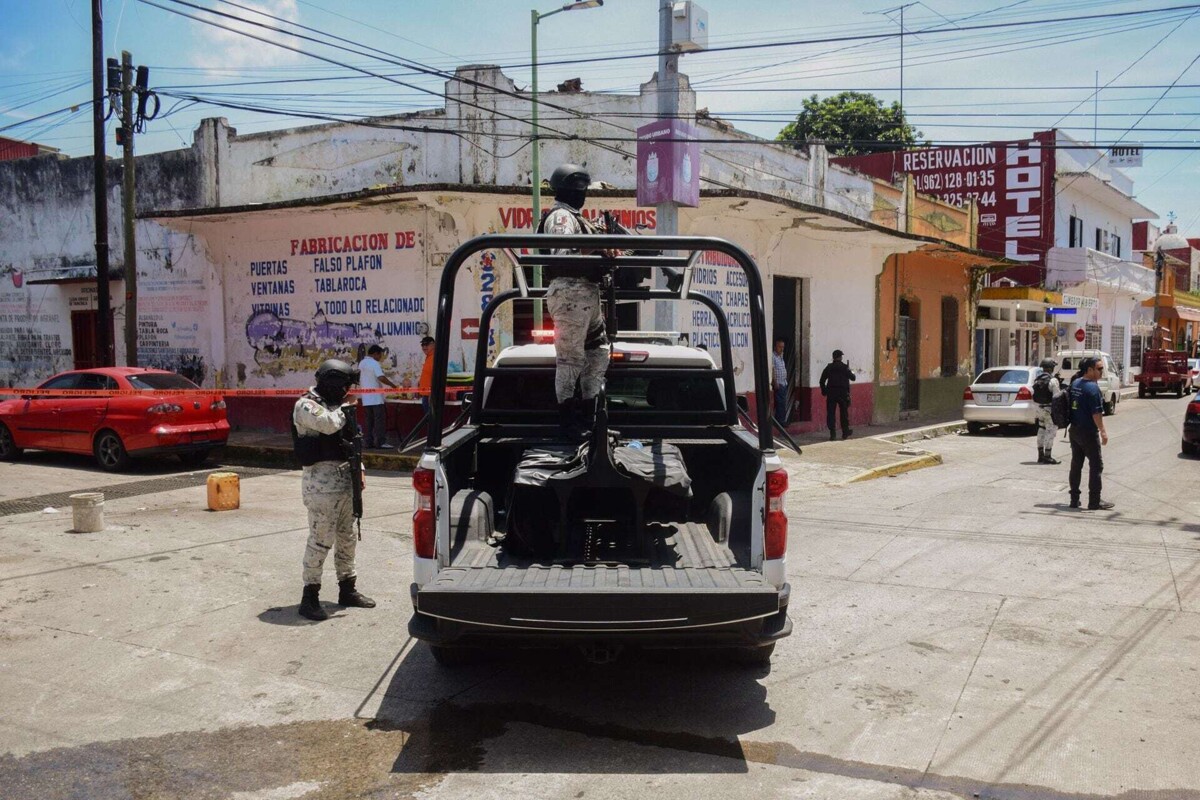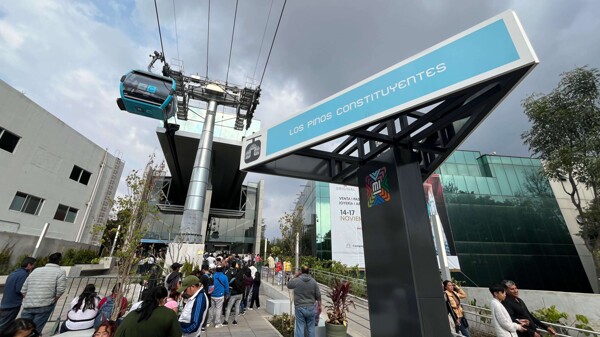
The perception of insecurity among Mexicans has reached its lowest level in history, hitting 58.6 percent in the third quarter of 2024, during the last months of Andrés Manuel López Obrador's presidency. This figure represents a decrease compared to previous quarters, standing below 59.4 percent from April to June and 59.1 percent from October to December 2023, according to the National Urban Public Security Survey (ENSU) published by the National Institute of Statistics and Geography (Inegi).
The Institute noted that this percentage is the lowest since records began, despite the fact that, during López Obrador's term, more than 193,000 homicides were recorded, representing a 23 percent increase compared to the previous government. The perception of insecurity showed a persistent gender disparity, with 64 percent of women feeling insecure compared to 52.2 percent of men.
Tapachula, Chiapas, on Mexico's southern border, was identified as the city with the highest perception of insecurity, with a shocking 91.9 percent of its inhabitants reporting feeling unsafe. This high rate is attributed to the struggle between criminal groups in the region for control of drug and human trafficking from Central America. Following it are other cities such as Naucalpan, Fresnillo, Ecatepec, Irapuato, and Tuxtla Gutiérrez.
In contrast, San Pedro Garza García, in northern Mexico, was rated as the city perceived as least unsafe, with only 13.7 percent of its population reporting feeling insecure. It is followed by Benito Juárez in Mexico City, Tampico, Piedras Negras, Puerto Vallarta, and Saltillo.
Regarding specific places indicated as most insecure by the population, ATMs, public transportation, highways, usual streets, and banks stand out. Crimes witnessed by citizens near their homes are related to alcohol consumption in streets, theft, vandalism, drugs, gunshots, and violent gangs.














